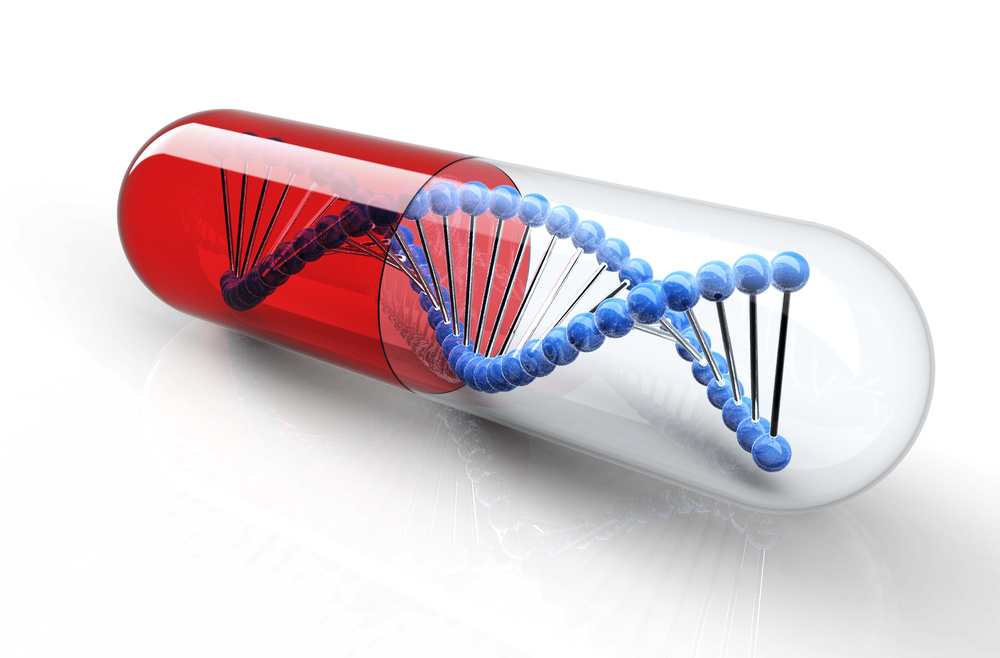The Role of Eye Movement Desensitization and Reprocessing in Addiction Recovery
Addiction, also known as substance use disorder (SUD), is listed in the Diagnostic and Statistical Manual of Mental Disorders, Fifth Edition (DSM-5) as a chronic, relapsing brain disorder. It is characterized by compulsively engaging in rewarding stimuli despite adverse consequences. Addiction can be framed as a repeating cycle with different stages. These recurring stages are called a cycle because they generally progress in a repetitive pattern until some form of treatment takes place to intervene and alleviate the addiction. The path of recovery from substance use disorder is entirely personal, and will be directly informed by one’s personality, mental health, and emotional needs.
What Is EMDR?
American psychologist, Francine Shapiro developed Eye Movement Desensitization and Reprocessing (EMDR) therapy in 1987. According to the EMDR Research Foundation, “EMDR is an integrative psychotherapy approach that has been extensively researched and proven effective for the treatment of trauma. EMDR therapy includes a set of standardized protocols that incorporate elements from many different treatment approaches. To date, EMDR has helped millions of people of all ages relieve many types of psychological stress.” EMDR is an eight-stage therapeutic process that can be used independently, or to supplement other psychotherapeutic treatment methods. EMDR incorporates a variety of principals from other therapeutic modalities, including behavioral therapy and cognitive behavioral therapy (CBT). EMDR is based on the notion that physiological symptoms occur because of trauma or challenging experiences overwhelming the brain’s natural ability to heal. Instead of spending time revisiting the memory of past trauma, a core component of other psychotherapeutic modalities, EMDR emphasizes shifting the emotions, behaviors, and/ or thoughts surrounding the trauma to enable the brain to heal itself.
How Does It Work?
EMDR works to relieve one’s brain of certain coping mechanisms that have been developed to help an individual cope with a traumatic event or events. When an individual experiences a traumatic event, it is not uncommon for the memory of this event to get stuck in the right hemisphere of one’s brain. The left side of one’s brain will then self soothe and implement other coping mechanisms to help deal with this memory. The simple explanation for how EMDR works is that it does not allow one’s brain to perseverate on the negative experience. Instead, it enables one’s brain to process the negative experience (and implement a positive self-belief) through both hemispheres of one’s brain, by utilizing the bilateral eye movement method. EMDR is comprised of the following eight stages:
- Initial history discovery and treatment planning
- Preparation
- Assessment
- Desensitization
- Installation
- Body scan
- Closure
- Reevaluation
While in the presence of a mental health professional and in a safe and controlled environment, EMDR therapy facilitates the healing process through bilateral stimulation where the individual can revisit the experienced trauma and learn to re-process and reintegrate it in a way that is both healthy and disarming, alleviating physiological stress. This can play a significant role in helping individuals overcome addiction and maintain long-term sobriety.
For Information and Support
Substance abuse and addiction can be incredibly dangerous and can result in severe short and long-term consequences. If you or someone you know is suffering from substance abuse or addiction, please get help as soon as possible. The earlier you seek support, the sooner you and your loved ones can return to leading happy, healthy, and fulfilling lives. There is no reason to go through this alone, and we are here to help. Please feel free to reach out to us for further information or with any questions regarding substance abuse or addiction. We are available anytime via telephone at: 213-389-9964, or you can always email us at: info@friendlyhousela.org



